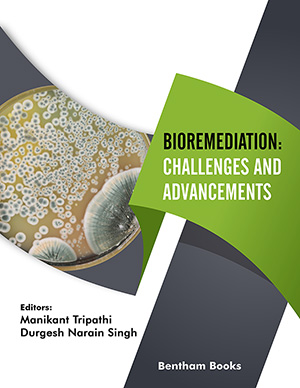Abstract
Heavy metal contamination is a global challenge causing potential health
hazards to humans and biotic life due to an increase in geologic and anthropogenic
activities. Heavy metals generate oxidative stress and are highly toxic even at very low
concentrations, and usually bioaccumulate in food chains. Herein, we have discussed
and highlighted the role of microbes and plants in bioremediation in terms of tolerance
and elimination of heavy metals. The application of microbial biosorbents is
ecologically friendly and economical; hence, it proved to be an effective alternative for
heavy metal remediation from polluted environments. In parallel, the current chapter
also addresses some fundamental concepts of plant-based remediation known as
phytoremediation as well as the biochemical mechanisms associated with it. Among
the introduced methods, phytoextraction, phytostabilization, and application of the
PGPRs are some of the most suitable and eco-friendly techniques, which are currently
considered important processes in phytoremediation. Recently, we have shifted our
efforts and concepts to a broader panorama, in which particular emphasis is given to
the advancements in the field of genetic engineering, metagenomics, and
nanotechnology, and many of these strategies discussed are already showing great
promise. Using recombinant DNA technology, whole-cell biosensors have been
developed for the detection of environmental pollutants, including heavy metals.
Similarly, metagenomics has played a major role in the discovery of novel genes,
enzymes, pathways, and bioactive molecules involved in heavy metal resistance.
Therefore, we anticipate that a discussion of existing resources and limitations will
improve tools and technologies for the bioremediation of heavy metals.







